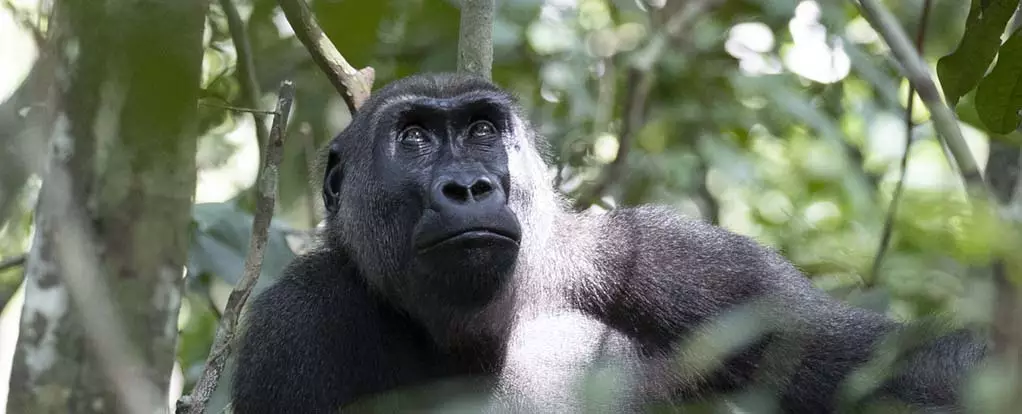The lush and vibrant rainforests of Moukalaba-Doudou National Park in Gabon serve as a fascinating backdrop for the historical interactions between humans and the diverse flora of the region. This dynamic ecosystem not only nourishes the local populace but has also been a source of healing for generations. Recent scientific research has begun to validate the centuries-old knowledge of indigenous herbalists and traditional healers, revealing the medicinal potential that native plants hold.
Traditional ecological knowledge suggests that both humans and western lowland gorillas (Gorilla gorilla gorilla) share an intrinsic connection to the vegetation surrounding them. Local communities have long recognized certain plants for their health benefits, which are now receiving attention from modern science. The profound intersection of gorillas and human use of plants posits a unique ecological relationship that underscores not only dietary practices but also the medicinal applications derived from these plants. Research spearheaded by Leresche Even Doneilly Oyaba Yinda and Richard Onanga has unveiled how certain plant species may harbinge rich therapeutic properties that could address modern health challenges.
In their groundbreaking study, Oyaba Yinda and colleagues examined the bark of four plant species commonly mentioned in local healing practices. The kapok tree (Ceiba pentandra), the African teak (Milicia excelsa), giant yellow mulberry (Myrianthus arboreus), and a specific ficus subspecies served as the focal point, showcasing remarkable antibacterial and antioxidant properties. Such investigations reveal not simply the botanical diversity of Gabon but also offer a window into indigenous practices that prioritize the use of local resources for wellness. Notably, they discovered that the bark extract from the fromager tree exhibited extraordinary antibacterial activity against multidrug-resistant E. coli strains.
While the findings are promising, caution is warranted. The researchers note the absence of clinical studies to substantiate how effective these natural remedies could be in human health contexts. One critical aspect to consider is whether the traditions surrounding the consumption of these plants are indeed therapeutic or primarily nutritional in nature. It poses the question: Are gorillas using these plants specifically for medicinal benefits, or rather as a supplementary food source? Until further study can hone in on these details, the consumption of such natural remedies remains an area of ambiguity.
The implications of this research extend beyond immediate health concerns; they bring attention to the essential role of biodiversity in maintaining ecological balance and promoting sustainable health practices. Each plant species investigated is not merely a source of food or medicine but a pivotal player in the environmental tapestry. The researchers emphasize the significance of preserving remnant vegetation like that in Moukalaba-Doudou National Park. Protecting such habitats contributes to conserving not only the species that dwell within these bounds but also the potential medical compounds they generate.
The concept of zoopharmacognosy, which examines how animals self-medicate using natural resources, is an emerging area of interest. It suggests a new avenue for drug discovery that merges traditional knowledge with scientific inquiry. The hope is that by acknowledging and exploring these relationships, a new frontier in healthcare may be unveiled, potentially offering alternatives or supplements to conventional medical approaches.
As we step deeper into our ongoing exploration of ethnobotany and the intricate relationships between humans, gorillas, and their environments, it’s clear that the wisdom rooted in traditional practices holds untapped potential. Moving forward, informed research could bridge the gap between age-old wisdom and modern science, establishing a new paradigm in public health that intertwines conservation efforts with healthcare innovation.


Leave a Reply